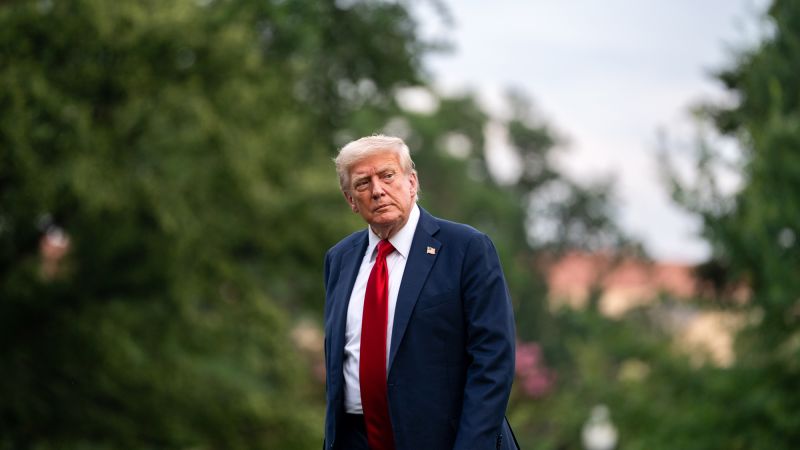Trump’s New Approach to the Ukraine Conflict: A Shift in Strategy
Introduction
On a recent Monday, President Donald Trump articulated a bold new strategy aimed at exerting pressure on Russia to bring an end to the ongoing war in Ukraine. This strategic pivot includes supplying advanced weaponry to Ukraine and introducing economic penalties for Moscow if a peace agreement is not reached within a fixed timeframe of 50 days.
The Shift in Tone
Trump’s recent address marks a significant change from his previous stance on the conflict, reflecting an increased frustration with Russian President Vladimir Putin. While delivering this announcement from the Oval Office, Trump distanced himself from responsibility for the prolongation of the war, emphasizing his exasperation with Moscow’s response to earlier peace overtures.
“In prior discussions, I felt we had a deal about four times,” Trump noted, expressing his disbelief in the failure of negotiations.
Weapons Supply Plan
Central to Trump’s new strategy is the plan for European nations to purchase American weapons, which would then be transferred to Ukraine. This idea has been brewing since his election last year, as European officials sought to ensure continued support for Ukraine amid concerns about potential changes in U.S. military aid.
At a meeting with NATO Secretary General Mark Rutte, Trump laid out his expectations for these European allies, which include nations like Germany, Denmark, and Sweden, to act as intermediaries for U.S. weaponry, signaling a more collaborative European effort in supporting Ukraine.
Economic Sanctions as Leverage
In tandem with military aid, Trump also introduced the concept of stringent trade consequences should a peace deal elude both countries within the 50-day ultimatum. These measures include imposing tariffs of up to 100% on Russia, as well as introducing secondary sanctions targeting countries that purchase Russian oil. Such economic strategies not only aim to weaken Russia’s economic standing but also to compel them into negotiations.
The Role of NATO and European Allies
NATO, as an organization, does not directly send weapons but functions as a coordinating body for member states. As parts of these discussions progressed, European nations began exploring various mechanisms for facilitating the transfer of weapons—either through existing U.S. arms already acquired or through new purchases.
Rutte emphasized this collaboration, identifying it as a potential game-changer in the conflict. By collaborating with European nations, Trump believes that military assistance can be ramped up while sidestepping some of the political ramifications of a direct U.S. military escalation in Ukraine.
Responses from Ukraine’s Leadership
Ukrainian President Volodymyr Zelensky recently expressed optimism about the new alliances being formed. He stated that conversations with Trump had been productive, and there appear to be ongoing discussions about major defense agreements with the U.S., emphasizing Ukraine’s readiness for effective peace negotiations.
Zelensky articulated, “Ukraine is absolutely ready for all honest and effective steps toward peace,” implying that resolving this conflict is a shared objective among allied nations.
Focus on Defensive Capabilities
Trump’s military aid plan initially emphasizes defensive systems, such as the important Patriot missile batteries, which have been a significant concern for Ukraine given the escalating missile assaults from Russia. The U.S. envoy to NATO, Matt Whitaker, clarified that the immediate focus would be on these defensive systems, although options for offensive weaponry remain on the table.
Looking Ahead
This new strategy not only reflects Trump’s current frustration with Putin but also showcases a shift in the U.S. approach towards European contributions to Ukraine’s defense. By emphasizing European responsibility in purchasing U.S. arms, Trump may insulate himself from direct criticism pertaining to U.S. involvement in the conflict while potentially benefiting economically from sales.
Finally, as these discussions evolve, the significance of continued financial and military support from NATO and European allies remains pivotal for Ukraine in navigating the complexities of warfare and diplomacy.
This information paints a picture of a shifting landscape in international relations surrounding Ukraine, clearly outlining the strategic pivots by the U.S. under Trump’s administration and the implications these have for both Europe and Russia.


